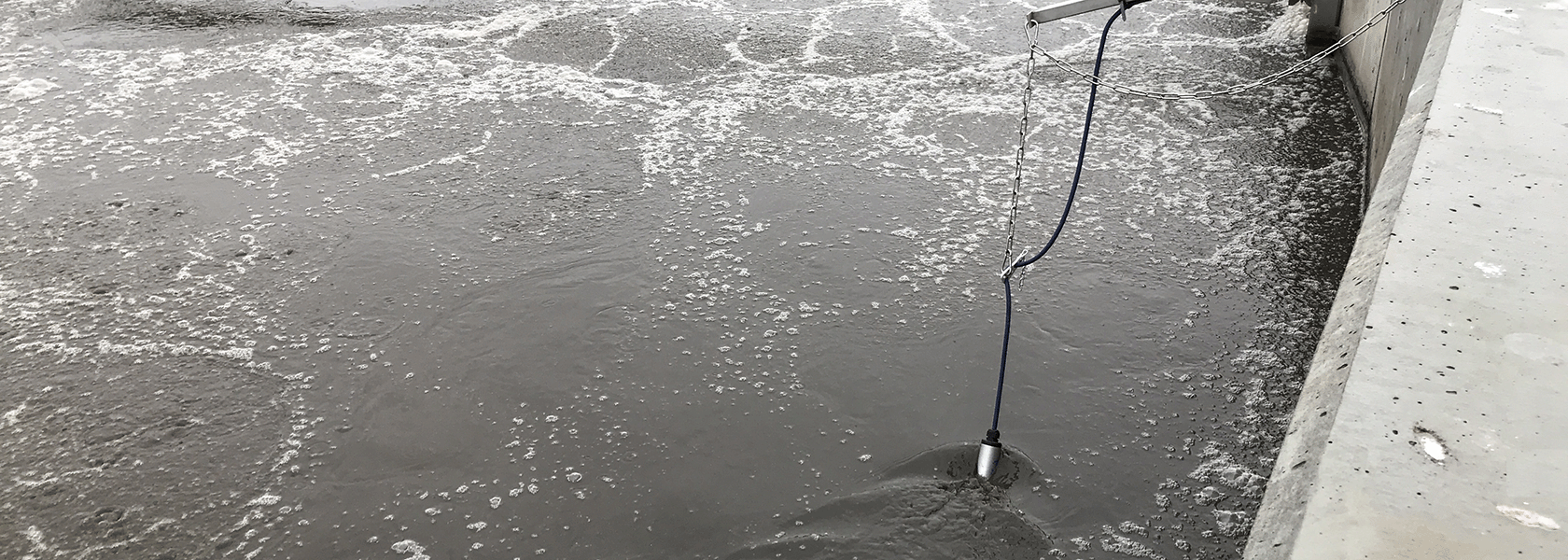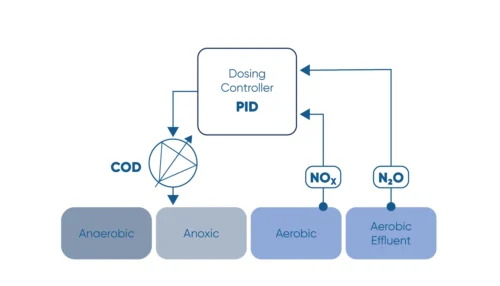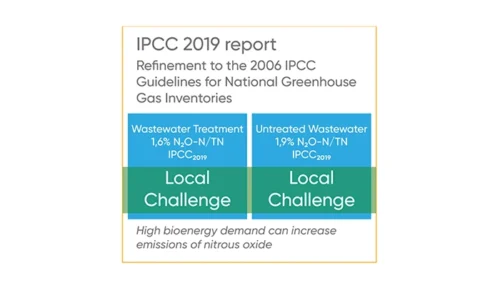

Results from a collaborative N2O monitoring campaign
To warm up to Aquatech 2023, we would like to share this recent article with you. On 21 August, Aarhus Vand published the results of a collaborative effort between wastewater treatment plants in Denmark (Aarhus Vand), Australia (Melbourne Water), and the UK (Severn Trent) to monitor nitrous oxide (N₂O) emissions for one year.
The Net Zero Partnership
Aarhus Vand, Melbourne Water, and Severn Trent in the UK have formed an international alliance called the Net Zero Partnership with the aim of collectively reducing carbon emissions by one million tons annually. They recognize that a substantial portion of these emissions comes from the activated sludge process used in wastewater treatment.
Below we share the key points from this article.
If you want to discuss nitrous oxide emissions from wastewater treatment, get in touch, either online or at Aquatech, stand no. 07.336A.

One minute introduction to the N2O Wastewater System
You can find the full article at Aarhus Vand’s website:
Nitrous oxide levels monitored for one year at wastewater treatment plants in Europe and Australia
If you want to discuss nitrous oxide emissions from wastewater treatment, get in touch, either online or at WEFTEC, stand no. 8327.
Tech Notes and References

Monitor the N2O concentration in the liquid and use N2O as a control parameter for carbon dosage in the denitrification process.

Significant 3-fold increase in IPCC2019 wastewater N2O emission factor supported by Danish studies.
Write us a message. We strive to answer within one workday.
If we are online and available to chat, you can also click the blue icon to the right.

